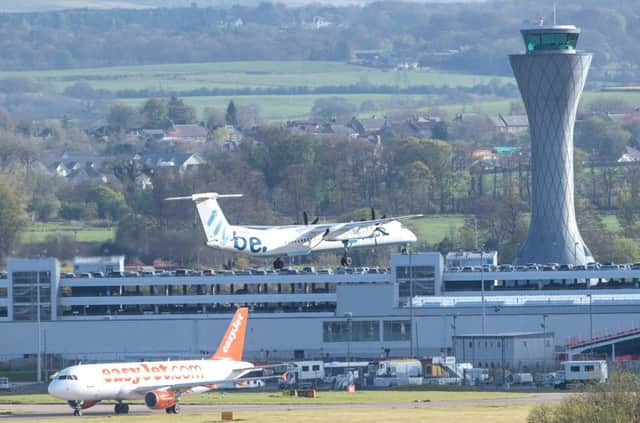Commercial property: Edinburgh's overseas buyers


Until a few years ago, the majority of investment in Edinburgh’s commercial property had historically come from within the UK.
However, the last two years have seen a dramatic change in the profile of Edinburgh’s commercial property investor.
Advertisement
Hide AdAdvertisement
Hide AdInternational appetite in Edinburgh’s office market has never been stronger, with investors turning to the Scottish capital to deliver value, outside of the traditional foreign investor hotspots of London and Manchester.
International investment, as a proportion of total investment, in Edinburgh’s office market, increased to a staggering 90 per cent last year, up from 62 per cent the previous year.
Looking back no further than 2014, just half of investment came from outside of the UK, so this really is a significant change.
Whether the dominance of international investment in Edinburgh’s office market will stay at this level over the coming years remains to be seen.
It is certainly possible that the figure may have peaked, given the unique cocktail of triggers which impacted on the market in 2016.
The continuing uncertain political landscape has led many UK institutional funds to go “Scotland -light”.
There is no wholesale selling but funds are reticent to be over exposed to Scotland in terms of their overall portfolio weightings. In comparison to some of the UK’s other strong regional markets such as Manchester and Birmingham, pricing in Scotland has been discounted typically between 0.25 per cent and 0.5 per cent.
It is a trend which is not lost on those canny investors trying to find some extra margin of value.
Advertisement
Hide AdAdvertisement
Hide AdInfluences such as political instability in the Middle East, Russian posturing and an unprecedented election year in the United States – and now the prospect of President Trump’s four-year tenure – are adding to the flow of capital coming from these countries trying to find more stable markets, such as the UK.
London has become increasingly expensive – hence the larger regional markets in the UK including Edinburgh and Glasgow appear to offer better value.
This is particularly so for more mature investors such as North American private equity and German institutions who are very au fait with the regional markets.
The immediate impact of the European Referendum outcome, resulting in the devaluation of Sterling, has generally made the UK look like better value, as those investors trading in the euro/dollar see a positive currency play.
However, with so much uncertainty on the horizon, the natural investor reaction is a flight to prime and the stronger markets.
Edinburgh, as a European capital city with a broad occupier base, a growing workforce and strong tourist spend is being perceived by investors as an attractive long-term bet, whatever shape “Europe” may take in the future.
So regardless of whether the dominance of international investment in Edinburgh’s office market has peaked, it is highly likely that Auld Reekie will continue to attract overseas investment interest for many years to come.
Chris Macfarlane is lead
director in capital markets at
JLL Scotland